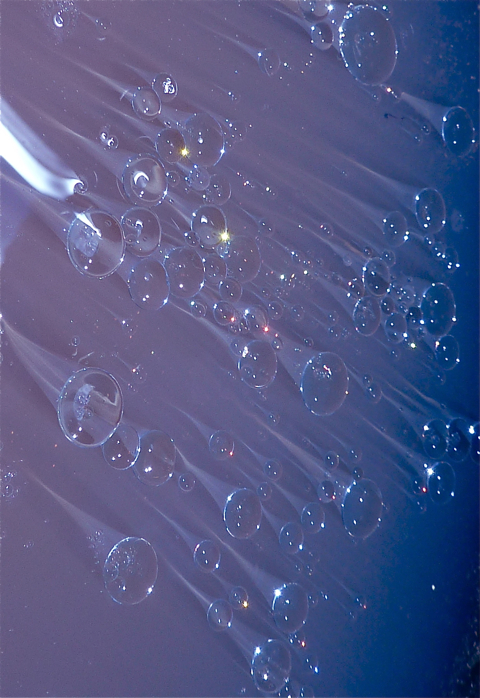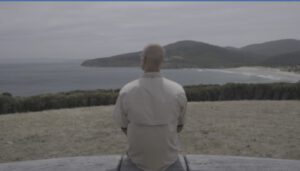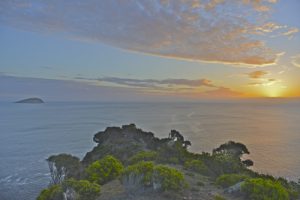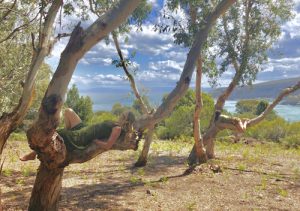Leonardo da Vinci is widely known as an artist and not so well known as a scientist. He was equally both. And what informed both his art and science was a keen observation of nature and its many interconnections. One could even say that Leonardo was an early advocate of a systemic, interdisciplinary approach to understanding the world around him.
Because I will be co-teaching a course on Leonardo this coming May with physicist and systems theorist Fritjof Capra — where I take the role of Leonardo the artist and Fritjof that of Leonardo the scientist — I have been preparing myself by trying to be as deeply observant of nature as Leonardo would have been in his daily walks around Florence, Milan or elsewhere in Italy. Not that I haven’t been doing this regularly in my life here at Windgrove, but the focus is a bit sharper; a bit more curious as to the physics and creativity behind the events.
Last week I had a problem. There was mosquito larvae in the large Balinese water bowl. So, like a scientist, I scratched my head and remembered that a custom in outback farms in Australia was to put kerosene into water tanks to stop the mosquito larvae from growing. It wasn’t because the kero acted as a poison, rather, because oil floats on water, the larvae couldn’t break through it to get a breath of air.
Like Leonardo, who was always improving on previous past solutions, I reasoned that since it was the “oil” aspect that killed the larva a better solution would be to use something not petroleum based and bad for the environment. Therefore, I chose olive oil.
I poured a bit into the water bowl and lo, and behold, my artist self was amazed at the wonderous light show that bubbled up as the oil separated into little droplets and floated to the surface.
My scientist self was intrigued at how the sun’s rays were being dispersed as they passed through each individual drop of oil and focused to a point behind the drop. Would oils of different viscosities give different results? And how did the length of the cone relate to the diameter of the droplet?
“Too beautiful!” stated the artist. “Like little trumpets”.
“Add some more oil.” pleaded the scientist.
“Hark, the herald angels sing.” blurted the artist as I conjured up a whole host of heavenly angels trumpeting the praises of the beauty of this earth.
“Did you kill the little buggers?” asked the morally neutral scientist waiting for a positive response to the experiment.
“Awesome. Just fucking awesome.” they both said.




You must be logged in to post a comment.